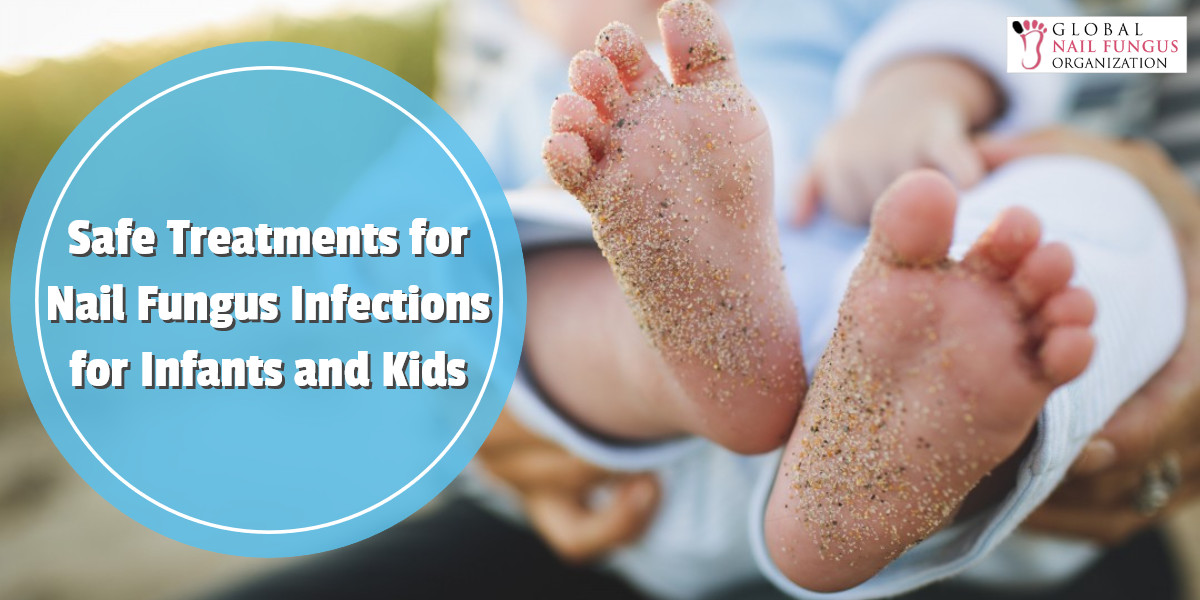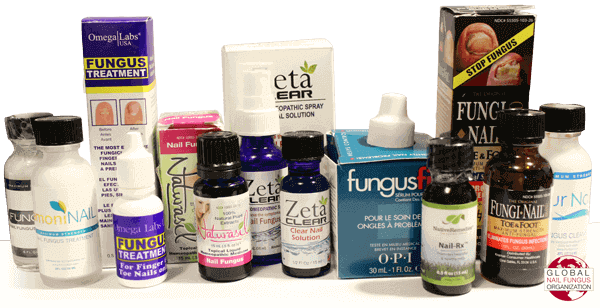 Safe Treatments for Nail Fungus Infections for Infants and Kids
Safe Treatments for Nail Fungus Infections for Infants and Kids
Nail Fungus Infections: Why Infants and Kids Get Them
Everyone can have nail fungus infection, but it is more prevalent with adults. The percentage of babies and children with nail fungus infections is only about 2.5% of all patients with onychomycosis.
There are fewer children than adults who have nail fungus probably because children grow their nails faster and have smaller nails, which means the fungus has smaller area to grow in. And unlike adults, children don’t usually spend time in places where fungi can develop, such as locker rooms, public swimming pools, and spa salons.
Nevertheless, pediatric onychomycosis is not unheard of.
Nail fungus in children is more commonly found on the feet than on the hands. For babies, however, they can get nail fungus in their toenails if they also suck their feet. According to physicians, young children usually contract nail fungus from someone in their home. Onychomycosis may be passed on from a parent, grandparent, or caretaker to the children.
Young children can also get fungi from tools used on people with nail fungi infection. The nail clippers that has been used to cut the nails of an infected person could aid the transmission of fungi to children.
Although rare, fungi may also infect kids who have an immune disorder because a weaker immune system makes them more vulnerable to diseases.
Because of the rarity of nail fungus infection occurrence in infants and children, it is often diagnosed to be something else. Now when they are misdiagnosed, they aren’t given the right cure. Wrong medications could harm the children even more. This is why proper diagnosis is important.
Nail fungus infection can thicken the nail, make it brittle, and discolor it to white and yellowish hue or sometimes even black or green. The surrounding skin may also be tender and painful. If your child is exhibiting these symptoms, take him/her to a physician for proper diagnosis.
Safe Nail Fungus Treatments for Babies and Kids
It should be stressed that safe and effective treatment is crucial in treating nail fungus infection in infants and young children. What works for adults may be dangerous for children. So before giving children and babies any medication, it is imperative that it is approved, recommended, and prescribed by a physician first.
For oral treatment, griseofulvin is currently the only medicine approved for children’s use. Its effectiveness isn’t fully reliable, though. Only about three quarters of infected fingernails and one third of toenails are cured. As with most anti-fungal treatments, griseofulvin takes several months of treatment before there is visible result. Also, recurrence of the fungus is expected even after treatment. Griseofulvin is only absorbed fully by the body if it is taken with fatty foods.
Terbinafine is considered more effective, but it is still not approved by the FDA to be used for children. Some studies have shown that the drug is safe and effective, but again, it is yet to be labeled safe for children’s use by the US Food and Drug Administration.
While nail surgery can be an effective treatment for adults, it is not recommended for children. It is not unheard of, though. A doctor may recommend the removal of the whole nail in dire cases, but this should be done by a licensed professional and should not be attempted at home.
Some topical treatments, on the other hand, are deemed ineffective because these products cannot penetrate the nail to get to the fungi.
However, modern topical products have been improved and are more effective in getting rid of nail fungi. A topical solution with 10% undecylenic acid combined with penetrating essential oils can be an effective and safe solution for nail fungal infection in children and babies.
Preventing Nail Fungus Infection in Children and Babies
As the old saying goes, prevention is better than cure. Before infection and subsequent treatment, it is best to avoid nail fungus infection in children first.
As fungal infections are transmitted by direct contact, parents should be vigilant in keeping their babies and children away from infected individuals and even pets. It is also recommended that they give their children their own tools and personal items, like combs, soaps, and towels to avoid the passing on of bacteria and fungi. They should also discourage their children from sharing their personal stuff with other people.
Children should be encouraged to practice good hygiene. They should wash and dry their hands and feet thoroughly often. Keep fingernails and toenails clean and trimmed, and use appropriate footwear in public spaces, such as wearing flip-flops or sandals at public pools and showers. Wear clean socks and shoes as well. If these get wet or damp, they should be changed as soon as possible.
Parents and other people who live with babies and children should also practice good hygiene. They should keep their homes clean and dry, especially the floor, if their babies are in their crawling stage.
Conclusion: Nail Fungus in Children and Babies
Pediatric onychomycosis, or fungal infection of the nails in children, is uncommon but not unheard of. It is even less common in young children and babies than in adolescents. But again, nail fungus infection in children is possible.
Proper diagnosis is vital, though. Successful treatment of nail fungus infection is only possible with proper diagnosis. Parents who suspect their children of having nail fungus infection should consult a doctor immediately. Without correct diagnosis, it would be difficult to prescribe correct medication.
Never treat nail fungus infection in children and babies without a doctor’s advice. Children and infants do not have the strength and resilience that adults have yet. Therefore, it is crucial that a physician prescribes proper and safe medication for them. Children not only need effective treatment, they also need safe medications.
With children and babies, even simple nail fungus infection can be harmful. Treat the infection as early as possible. Only use safe and proven medications, orally taken or topically applied. Consider using topical solutions with an active ingredient of 10% undecylenic acid and has a penetrating agent. Remember, safety is not an option, but a must in choosing anti-fungal nail treatment products.






